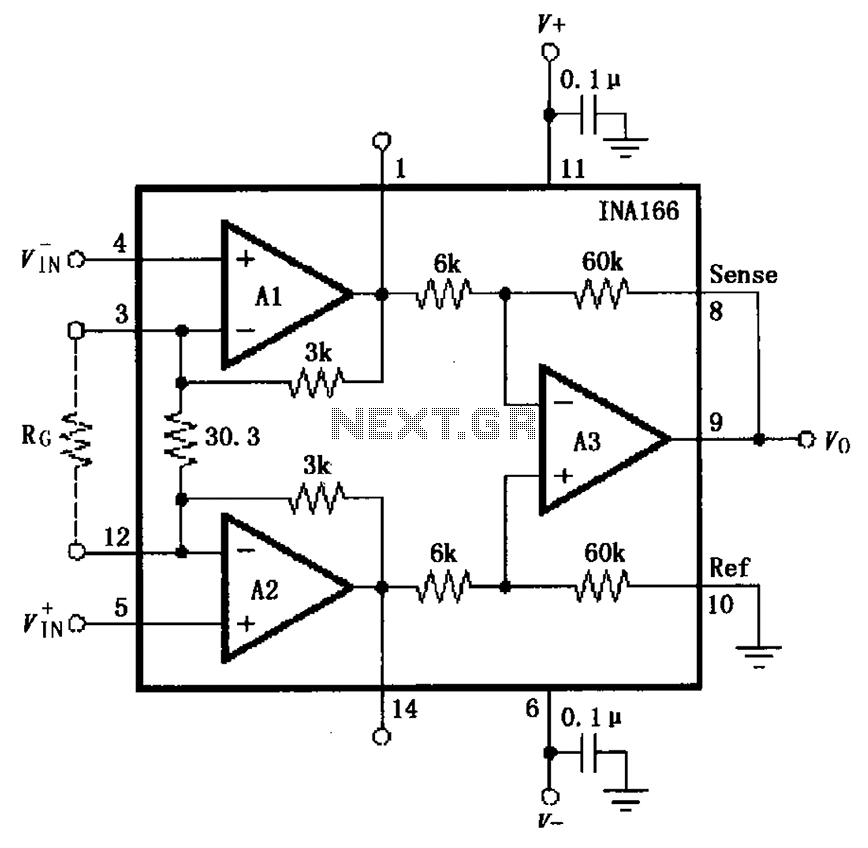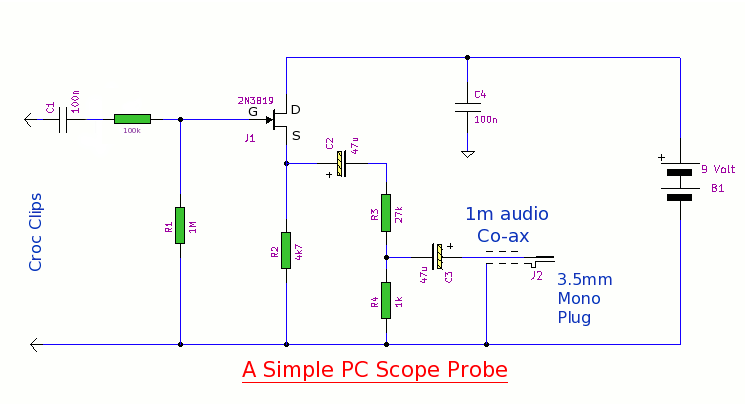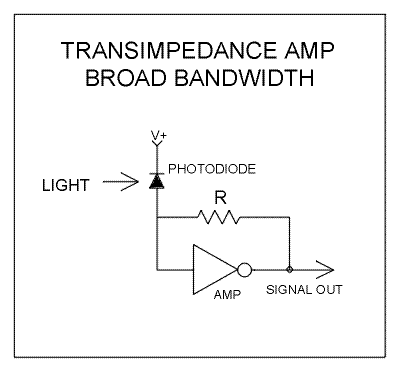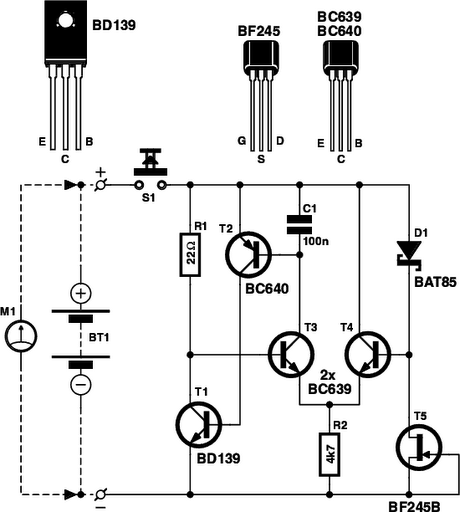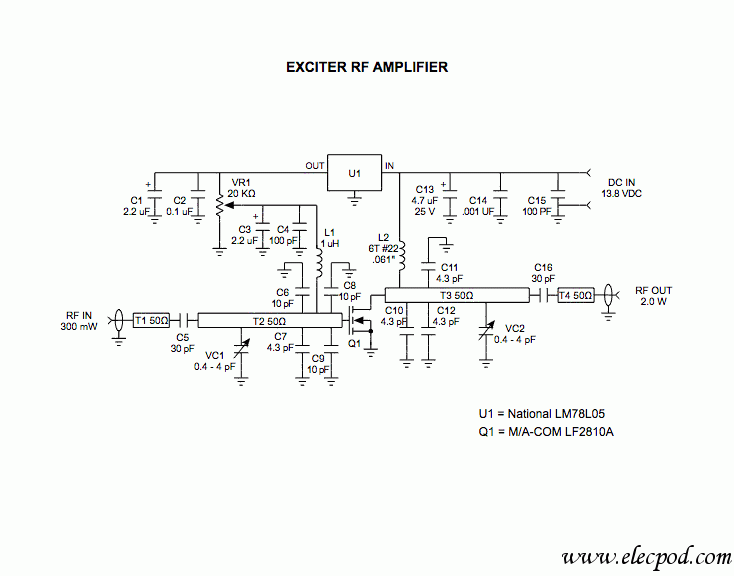
battery charger indicator circuit
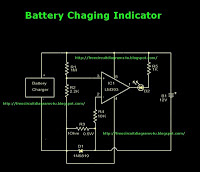
This is a battery charger indicator circuit diagram. When the battery is charging, it is indicated by an LED. This circuit can be used with a 12V battery with a charging current of less than 1A.
The battery charger indicator circuit is designed to provide a visual indication of the charging status of a 12V battery. It utilizes a light-emitting diode (LED) to signal when the battery is actively charging. The circuit operates with a charging current of less than 1A, making it suitable for various applications where low-power charging is required.
The primary components of the circuit include a resistor, a diode, and the LED itself. The resistor is used to limit the current flowing through the LED to prevent damage and ensure proper operation. The diode may be included to prevent reverse polarity, ensuring that the circuit functions correctly regardless of the battery's connection orientation.
When the battery is connected to the charger, and the charging process begins, current flows through the circuit. The LED will illuminate, providing a clear visual cue that the battery is charging. This feature is particularly useful in applications where the user may not be present to monitor the charging process continuously.
Additionally, the circuit can be integrated into various battery management systems or used as a standalone indicator for portable devices. Its simplicity and effectiveness make it a valuable addition to any battery charging setup, enhancing user awareness and safety during the charging process.This is battery charger indicator circuit diagram. When the battery charges it shows by the LED this circuit can be used with 12V battery with charging current less than 1A. 🔗 External reference
The battery charger indicator circuit is designed to provide a visual indication of the charging status of a 12V battery. It utilizes a light-emitting diode (LED) to signal when the battery is actively charging. The circuit operates with a charging current of less than 1A, making it suitable for various applications where low-power charging is required.
The primary components of the circuit include a resistor, a diode, and the LED itself. The resistor is used to limit the current flowing through the LED to prevent damage and ensure proper operation. The diode may be included to prevent reverse polarity, ensuring that the circuit functions correctly regardless of the battery's connection orientation.
When the battery is connected to the charger, and the charging process begins, current flows through the circuit. The LED will illuminate, providing a clear visual cue that the battery is charging. This feature is particularly useful in applications where the user may not be present to monitor the charging process continuously.
Additionally, the circuit can be integrated into various battery management systems or used as a standalone indicator for portable devices. Its simplicity and effectiveness make it a valuable addition to any battery charging setup, enhancing user awareness and safety during the charging process.This is battery charger indicator circuit diagram. When the battery charges it shows by the LED this circuit can be used with 12V battery with charging current less than 1A. 🔗 External reference
Warning: include(partials/cookie-banner.php): Failed to open stream: Permission denied in /var/www/html/nextgr/view-circuit.php on line 713
Warning: include(): Failed opening 'partials/cookie-banner.php' for inclusion (include_path='.:/usr/share/php') in /var/www/html/nextgr/view-circuit.php on line 713

